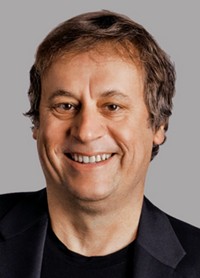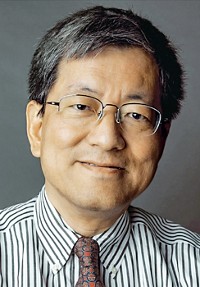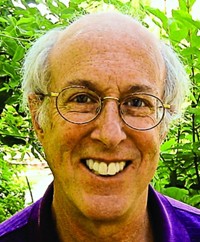Advertisement
Grab your lab coat. Let's get started
Welcome!
Welcome!
Create an account below to get 6 C&EN articles per month, receive newsletters and more - all free.
It seems this is your first time logging in online. Please enter the following information to continue.
As an ACS member you automatically get access to this site. All we need is few more details to create your reading experience.
Not you? Sign in with a different account.
Not you? Sign in with a different account.
ERROR 1
ERROR 1
ERROR 2
ERROR 2
ERROR 2
ERROR 2
ERROR 2
Password and Confirm password must match.
If you have an ACS member number, please enter it here so we can link this account to your membership. (optional)
ERROR 2
ACS values your privacy. By submitting your information, you are gaining access to C&EN and subscribing to our weekly newsletter. We use the information you provide to make your reading experience better, and we will never sell your data to third party members.
People
Arthur C. Cope Scholar: Yi Tang
by Susan J. Ainsworth
February 27, 2012
| A version of this story appeared in
Volume 90, Issue 9
Influenced by his father’s work as a polymer chemist, Yi Tang developed an early interest in the chemical sciences. He began by studying chemical engineering, earning a bachelor’s degree at Pennsylvania State University in 1997.
Later, as he pursued a Ph.D. in chemical engineering under David A. Tirrell at California Institute of Technology, Tang developed a passion for chemical biology. After reading about Chaitan Khosla’s work producing erythromycin in Escherichia coli in 2001, Tang says, “I decided to pursue the field of natural product biosynthesis and went on to do a postdoc with him” at Stanford University.
At 35, Tang, a professor in both the chemical and biomolecular engineering department and in the chemistry and biochemistry department at the University of California, Los Angeles, has already “elucidated fundamental aspects of the biosynthesis of natural products,” says Tirrell, professor of chemistry and chemical engineering at Caltech.
Tang has made discoveries “that have provided new approaches to control of biosynthesis by reconstituting the enzyme clusters needed for in vitro biosynthesis of natural products and semisynthetic derivatives of active drugs,” Tirrell adds.
Tang’s most important contribution involves fungal iterative polyketide synthases—enzymes that use a unique set of biochemical rules in the synthesis of complex polyketides, Tirrell says. Although these enzymes had previously been identified, Tang has made important contributions to their understanding. “He has developed a beautiful in vitro platform to dissect the function of a 300-kilodalton enzyme that catalyzes over 50 steps to synthesize the complex natural product lovastatin,” Tirrell explains. “That goal has been actively pursued for the last 15 years, but prior to Tang’s work, no one had been able to accomplish complete biochemical reconstitution.”
Tang’s work on the lovastatin pathway also led to a chemoenzymatic process for the production of simvastatin, a semisynthetic derivative of lovastatin and the active ingredient in the multi-billion-dollar, cholesterol-lowering drug Zocor, Tirrell says. The process developed in Tang’s laboratory, which has been adopted by industrial biotech company Codexis, will significantly decrease the cost of making this drug.
During his career, Tang has made a major impact on the study of assembly of biologically important natural products, especially polyketides and alkaloids, says John C. Vederas, a professor of chemistry at the University of Alberta. “He has great depth of understanding of biochemical reaction mechanisms, elegant original concepts for execution of very difficult experiments, and phenomenal insight into genetic manipulation and protein expression in both eukaryotes and prokaryotes.”
Not surprisingly, Tang has already received many awards during his career, including the Society for Industrial Microbiology & Biotechnology Young Investigator Award, the American Institute of Chemical Engineers’ Allan P. Colburn Award, and a Sloan Research Fellowship. He is “very honored” to have been chosen to receive this award, he says. “It feels very special to be recognized by the organic chemistry community for my work in the burgeoning field of natural products biosynthesis.”






Join the conversation
Contact the reporter
Submit a Letter to the Editor for publication
Engage with us on Twitter